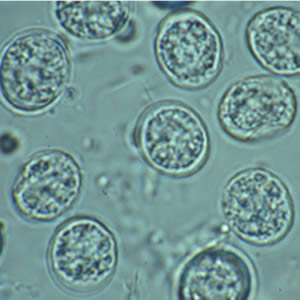Toxoplasma gondii and pre-treatment protocols for polymerase chain reaction analysis of milk samples: a field trial in sheep from Southern Italy

Submitted: 20 December 2016
Accepted: 24 January 2017
Published: 9 February 2017
Accepted: 24 January 2017
Abstract Views: 1363
PDF: 1010
HTML: 297
HTML: 297
Publisher's note
All claims expressed in this article are solely those of the authors and do not necessarily represent those of their affiliated organizations, or those of the publisher, the editors and the reviewers. Any product that may be evaluated in this article or claim that may be made by its manufacturer is not guaranteed or endorsed by the publisher.
All claims expressed in this article are solely those of the authors and do not necessarily represent those of their affiliated organizations, or those of the publisher, the editors and the reviewers. Any product that may be evaluated in this article or claim that may be made by its manufacturer is not guaranteed or endorsed by the publisher.
Similar Articles
- Alice Vismarra, Carlo Mangia, Elena Barilli, Franco Brindani, Cristina Bacci, Laura Kramer, Meat juice serology for Toxoplasma gondii infection in chickens , Italian Journal of Food Safety: Vol 5, No 1 (2016)
You may also start an advanced similarity search for this article.

 https://doi.org/10.4081/ijfs.2017.6501
https://doi.org/10.4081/ijfs.2017.6501



